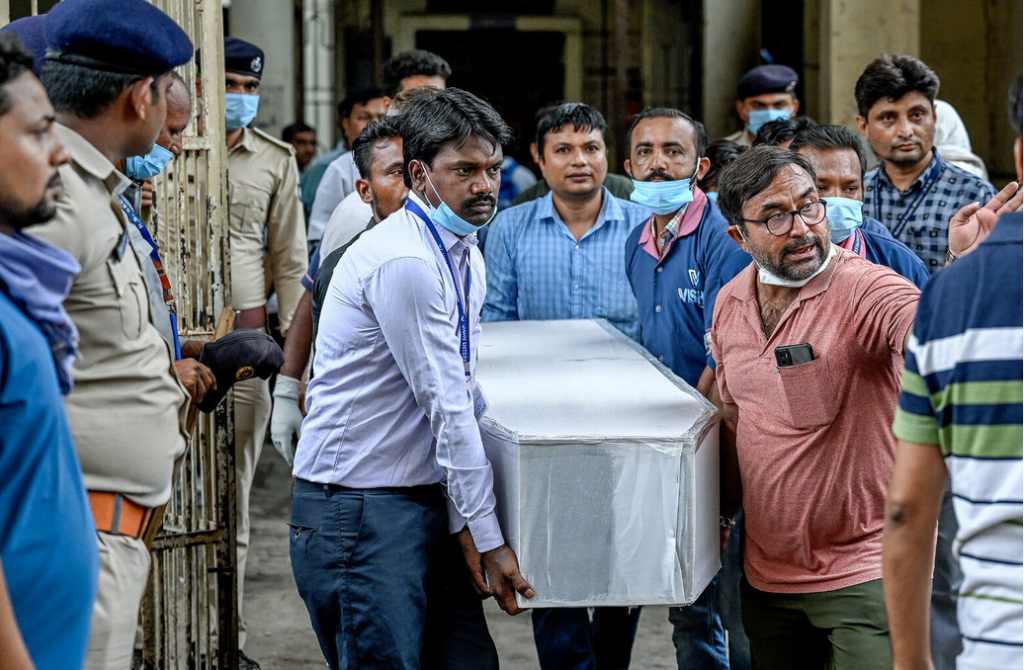Air India, India’s iconic flag carrier once synonymous with national pride, is undergoing a dramatic revival under Tata Group’s management. But amid fleet renewals and brand overhauls, a catastrophic crash in June 2025 raised serious questions about whether the airline can truly rebuild public trust. This article explores Air India’s transformation journey, the impact of the tragedy, and whether passengers will return with confidence.
1. A Legacy of Decline and Revival
Pre-Tata Troubles
After decades of government ownership, Air India suffered from ageing aircraft, poor service, and consistent financial losses. High-profile operational lapses—like engine shutdowns, erratic in-flight systems, and chronic delays—tarnished its reputation.
The Tata Transformation
Tata acquired the airline in early 2022, launching the “Vihaan” plan: a five-year roadmap to modernize its fleet, platforms, and processes. More than ₹9,500 crore (~US $1.1 billion) was invested in FY 2024‑25 by Tata and Singapore Airlines Business Standard. The airline merged with Vistara and Air India Express, deployed new systems, and placed massive aircraft orders (570 jets planned).
2. The Makeover: Aircraft, Service, and Safety
Refit Programme
A $400 million cabin refurbishment began in September 2024, revamping 67 legacy aircraft (A320neo and Boeing wide-bodies). The initiative aimed to add premium economy, new seats, carpets, and inflight entertainment—first A320neo refurb scheduled to re-enter service by December 2024
Strengthening Operations
CEO Campbell Wilson emphasized consistent service quality, improved punctuality, and world-class maintenance practices across Air India Group A new Mumbai–Bengaluru engineering hub and in-house maintenance structures aim to enhance quality control .
Measurable Gains
Under Tata, Air India achieved:
- 25% increase in revenue
- Loss reduction from INR 11,388 cr to INR 4,444 cr in FY 2023‑24
- Improved on-time performance from 70% to 90%
- Expanded fleet—from < 100 to ~300 aircraft
A recent https://www.reddit.com/dit user posted a positive summary:
“Since the Tata Group took over Air India, the airline has been soaring to new heights… Revenue Growth: Increased by 25%, Loss Reduction: 50%…”
These strides suggest the makeover was gaining traction even before the crash.
3. The June 12 Crash: A Devastating Blow

What Happened
Air India Flight 171, a Boeing 787-8, crashed shortly after taking off from Ahmedabad bound for London. Of the 242 on board, 241 died along with 19 people on the ground. Only one passenger survived
Preliminary Findings
The Aircraft Accident Investigation Bureau (AAIB) revealed that both engine fuel-cutoff switches were unintentionally flipped, leading to engine failure. Cockpit voice recordings showed pilot confusion over the switch positions
Fallout
Pilot unions and victim families criticized the report as vague and possibly biased. Questions emerged about whether switch design flaws, human error, or mental health concerns contributed. Boeing and GE are involved in the extended investigation, which could take up to a year
4. Trust at a Crossroads: Image vs. Reality
Tata’s Response
Tata Sons pledged ₹500 crore (~US $60 million) to support victims’ families via the AI171 Trust. CEO Wilson called for patience and discouraged speculation until the final report is out.
Brand Perception
Branding experts believe restoring faith requires transparency, empathy, and demonstrable safety improvements—not just a facelift Storyboard18. Urban commentators note that though Tata’s reputation is strong, it doesn’t automatically transfer to Air India
Customer Experience Still Flawed
Despite structural changes, customer complaints persist:
- Overbooking, delayed refunds
- Baggage disputes and deboarding issues Financial Times
These incidents hint that service culture hasn’t fully shifted.
5. Road Ahead: Trust Recovery Plan
To rebuild its image and regain passenger confidence, Air India may pursue:
- Safety Audits
Conducting thorough inspections of fuel system designs and crew training protocols, addressing potential human factors or cockpit ergonomics issues. - Transparency
Release interim investigation findings and implement any recommended changes promptly. This fosters credibility and accountability. - Customer-Centric Fixes
Resolve service complaints—especially refund delays and baggage handling—through better systems and responsive support. - Accelerated Refits
Fast-track cabin refurbishments so that more flights feature modern interiors across all classes. - Marketing & Communication
Launch campaigns spotlighting Tata-backed safety upgrades, restitution to families, and a culture of excellence.
Conclusion: Can Air India Soar Again?
Air India’s transformation under Tata has been remarkable—marked by financial restructuring, fleet upgrades, and rising customer metrics. Yet the June crash shattered the narrative of progress, revealing deeper safety and cultural vulnerabilities.
Regaining trust will depend on more than investing in seats and livery. It requires unwavering commitment to safety, transparent communication, and delivering consistently reliable service. If Air India can turn its tragedy into meaningful change—and demonstrate it in operational performance—then travellers may once again feel confident to choose the old Maharaja.
Also read












Leave a comment